Page 193 of 274

5-9 SERVICE AND APPEARANCE CARE
78J00-03E
system to work properly, you must reset
the system every time the oil is changed.
When the system has calculated that oil
life has been diminished, it will indicate
that an oil change is necessary. A change
engine oil light and a CHANGE ENGINE
OIL SOON message will come on. Refer to
“Change Engine Oil Light” in “Warning
Lights, Gages, and Indicators” in the
“Instrument Panel” section and “DIC Warn-
ings and Messages” in “Driver Information
Center (DIC)” in the “Instrument Panel”
section. Change your oil as soon as possi-
ble within the next 600 miles (1000 km). It
is possible that, if you are driving under the
best conditions, the oil life system may not
indicate that an oil change is necessary for
over a year. However, your engine oil and
filter must be changed at least once a year
and at this time the system must be reset.
Your dealer has trained service people
who will perform this work and reset the
system. It is also important to check your
oil regularly and keep it at the proper level.
If the system is ever reset accidentally, you
must change your oil at 3000 miles (5000
km) since your last oil change. Remember
to reset the oil life system whenever the oil
is changed.
How to Reset the Engine Oil Life Sys-
tem
The Engine Oil Life System calculates
when to change your engine oil and filter
based on vehicle use. Anytime your oil ischanged, reset the system so it can calcu-
late when the next oil change is required. If
a situation occurs where you change your
oil prior to a change engine oil light or
CHANGE ENGINE OIL SOON message
being turned on, reset the system.
1) Turn the ignition key to RUN with the
engine off.
2) Fully press and release the accelerator
pedal three times within five seconds.
The change engine oil light will flash
while the system is resetting.
3) When the light stops flashing, turn the
key to LOCK.
If the light or message comes back on and
stays on when you start your vehicle, the
engine oil life system has not reset.
Repeat the procedure.
What to Do with Used Oil
Used engine oil contains certain elements
that may be unhealthy for your skin and
could even cause cancer. Do not let used
oil stay on your skin for very long. Clean
your skin and nails with soap and water, or
a good hand cleaner. Wash or properly
dispose of clothing or rags containing used
engine oil. See the manufacturer’s warn-
ings about the use and disposal of oil prod-
ucts.
Used oil can be a threat to the environ-
ment. If you change your own oil, be sure
to drain all the oil from the filter before dis-
posal. Never dispose of oil by putting it inthe trash, pouring it on the ground, into
sewers, or into streams or bodies of water.
Instead, recycle it by taking it to a place
that collects used oil. If you have a prob-
lem properly disposing of your used oil,
ask your dealer, a service station, or a
local recycling center for help.
Engine Air Cleaner/FilterThe engine air cleaner/filter is located in
the engine compartment on the passen-
ger’s side of the vehicle. Refer to “Engine
Compartment Overview” in this section for
more information on location.
When to Inspect the Engine Air Cleaner/
Filter
Inspect the air cleaner/filter at the Mainte-
nance II intervals and replace it at the first
oil change after each 50000 mile (83000
km) interval. Refer to “Scheduled Mainte-
nance” in “Maintenance Schedule” in the
“Maintenance Schedule” section for more
information. If you are driving in dusty/dirty
conditions, inspect the filter at each engine
oil change.
How to Inspect the Engine Air Cleaner/
Filter
To inspect the air cleaner/filter remove the
filter from the vehicle and lightly shake the
filter to release loose dust and dirt. If the fil-
ter remains caked with dirt, a new filter is
required.
Page 194 of 274

5-10 SERVICE AND APPEARANCE CARE
78J00-03E
To inspect or replace the engine air
cleaner/filter, do the following:
1) Turn off the engine.
1733570
2) Disconnect the air flow sensor electrical
connector.
3) Loosen the screws on the clamps hold-
ing the air outlet duct in place. Do not
pry the clamps off.
1733580
4) Remove the air outlet duct.
5) Undo the clamps on the filter cover. To
remove the cover, pull up on the front
and then pull the cover out.
6) Inspect or replace the engine air
cleaner/filter. Wipe all dust from inside
of the housing and inspect the air
cleaner and air outlet duct for cracks,
cuts, and deterioration. The air outlet
duct must be replaced if damaged.
7) Reinstall the filter cover and latch the
clamps.
8) Reattach the air outlet duct and tighten
the screws on the clamps that hold the
duct in place.
9) Reconnect the air flow sensor electrical
connector.
Automatic Transaxle FluidIt is not necessary to check the transaxle
fluid level. A transaxle fluid leak is the only
reason for fluid loss. If a leak occurs, take
your vehicle to the dealership service
department and have it repaired as soon
as possible.
Change the fluid at the intervals listed in
“Additional Required Services” in “Mainte-
nance Schedule” in the “Maintenance
Schedule” section, and be sure to use the
transaxle fluid listed in “Recommended
WARNING
Operating the engine with the air
cleaner/filter off can cause you or
others to be burned. The air cleaner
not only cleans the air; it helps to
stop flames if the engine backfires. If
it is not there and the engine back-
fires, you could be burned. Do not
drive with it off, and be careful work-
ing on the engine with the air cleaner/
filter off.
CAUTION
If the air cleaner/filter is off, a back-
fire can cause a damaging engine
fire. And, dirt can easily get into your
engine, which will damage it. Always
have the air cleaner/filter in place
when you are driving.
Page 195 of 274

5-11 SERVICE AND APPEARANCE CARE
78J00-03E
Fluids and Lubricants” in “Maintenance
Schedule” in the “Maintenance Schedule”
section.Engine CoolantThe cooling system in your vehicle is filled
with DEX-COOL
® engine coolant. This
coolant is designed to remain in your vehi-
cle for five years or 150,000 miles (240
000 km), whichever occurs first, if you add
only DEX-COOL® extended life coolant.
The following explains your cooling system
and how to add coolant when it is low. If
you have a problem with engine overheat-
ing, refer to “Engine Overheating” in this
section.
A 50/50 mixture of clean, drinkable water
and DEX-COOL® coolant will:
Give freezing protection down to –34°F
(–37°C).
Give boiling protection up to 265°F
(129°C).
Protect against rust and corrosion. Help keep the proper engine tempera-
ture.
Let the warning lights and gages work as
they should.What to Use
Use a mixture of one-half clean, drinkable
water and one-half DEX-COOL
® coolant
which will not damage aluminum parts. If
you use this coolant mixture, you do not
need to add anything else.
CAUTION
Use of the incorrect automatic tran-
saxle fluid may damage your vehicle,
and the damages may not be covered
by your warranty. Always use the
automatic transaxle fluid listed in
“Recommended Fluids and Lubri-
cants” in “Maintenance Schedule” in
the “Maintenance Schedule” section.
CAUTION
Using coolant other than DEX-COOL
®
may cause premature engine, heater
core, or radiator corrosion. In addi-
tion, the engine coolant may require
changing sooner, at the first mainte-
nance service after each 30000 miles
(50000 km) or 24 months, whichever
occurs first. Any repairs would not be
covered by your warranty. Always
use DEX-COOL
® (silicate-free) cool-
ant in your vehicle.
WARNING
Adding only plain water to your cool-
ing system can be dangerous. Plain
water, or some other liquid such as
alcohol, can boil before the proper
coolant mixture will. Your vehicle’s
coolant warning system is set for the
proper coolant mixture. With plain
water or the wrong mixture, your
engine could get too hot but you
would not get the overheat warning.
Your engine could catch fire and you
or others could be burned. Use a 50/
50 mixture of clean, drinkable water
and DEX-COOL
® coolant.
CAUTION
If you use an improper coolant mix-
ture, your engine could overheat and
be badly damaged. The repair cost
would not be covered by your war-
ranty. Too much water in the mixture
can freeze and crack the engine, radi-
ator, heater core, and other parts.
Page 196 of 274

5-12 SERVICE AND APPEARANCE CARE
78J00-03E
If you have to add coolant more than four
times a year, have your dealer check your
cooling system.
Checking Coolant
1631523
The surge tank is located on the driver’s
side of the engine compartment. Refer to“Engine Compartment Overview” in this
section for more information on location.
The vehicle must be on a level surface.
When your engine is cold, the coolant level
should be at the COLD FILL line. When
your engine is warm, the level should be at
the COLD FILL line or a little higher.
Adding Coolant
If you need more coolant, add the proper
DEX-COOL
® coolant mixture at the surge
tank, but only when the engine is cool.
When replacing the pressure cap, make
sure it is hand-tight and fully seated.
Engine OverheatingThere is a coolant temperature gage and a
warning light on the instrument panel clus-
ter that indicate an overheated engine con-
dition. Refer to “Engine Coolant
Temperature Gage” and “Engine Coolant
Temperature Warning Light” in “Warning
Lights, Gages, and Indicators” in the
“Instrument Panel” section for more infor-
mation.
If Steam Is Coming From Your Engine
CAUTION
If you use extra inhibitors and/or
additives in your vehicle’s cooling
system, you could damage your vehi-
cle. Use only the proper mixture of
the engine coolant listed in this man-
ual for the cooling system. Refer to
“Recommended Fluids and Lubri-
cants” in “Maintenance Schedule” in
the “Maintenance Schedule” section
for more information.
WARNING
Turning the surge tank pressure cap
when the engine and radiator are hot
can allow steam and scalding liquids
to blow out and burn you badly.
Never turn the surge tank pressure
cap – even a little – when the engine
and radiator are hot.
WARNING
You can be burned if you spill cool-
ant on hot engine parts. Coolant con-
tains ethylene glycol, and it will burn
if the engine parts are hot enough. Do
not spill coolant on a hot engine.
WARNING
Steam from an overheated engine
can burn you badly, even if you just
open the hood. Stay away from the
engine if you see or hear steam com-
ing from it. Turn it off and get every-
one away from the vehicle until it
cools down. Wait until there is no
sign of steam or coolant before you
open the hood.
If you keep driving when the vehicles
engine is overheated, the liquids in it
can catch fire. You or others could be
badly burned. Stop your engine if it
overheats, and get out of the vehicle
until the engine is cool.
Refer to “Overheated Engine Protec-
tion Operating Mode” in this section
for information on driving to a safe
place in an emergency.
Page 197 of 274

5-13 SERVICE AND APPEARANCE CARE
78J00-03E
If No Steam Is Coming From Your
Engine
If you get an engine overheat warning, but
see or hear no steam, the problem may not
be too serious. Sometimes the engine can
get a little too hot when you:
Climb a long hill on a hot day.
Stop after high-speed driving.
Idle for long periods in traffic.
Tow a trailer.
If you get the overheat warning with no
sign of steam, try this for a minute or so:
1) In heavy traffic, let the engine idle in
NEUTRAL (N) while stopped. If it is
safe to do so, pull off the road, shift to
PARK (P) or NEUTRAL (N) and let the
engine idle.
2) Set the climate controls to the highest
heat setting and fan speed and open
the windows as necessary.If you no longer have the overheat warn-
ing, you can drive. Just to be safe, drive
slower for about 10 minutes. If the warning
does not come back on, you can drive nor-
mally.
If the warning continues and you have not
stopped, pull over, stop, and park your
vehicle right away.
If there is still no sign of steam, you can
idle the engine for three minutes while you
are parked. If you still have the warning,
turn off the engine and get everyone out of
the vehicle until it cools down. Also, see
“Overheated Engine Protection Operating
Mode” later in this section.
You may decide not to lift the hood but to
get service help right away.
Overheated Engine Protection Operat-
ing Mode
This emergency operating mode allows
your vehicle to be driven to a safe place in
an emergency situation. If an overheated
engine condition exists, an overheat pro-
tection mode which alternates firing groups
of cylinders helps prevent engine damage.
In this mode, you will notice a significant
loss in power and engine performance.
The engine coolant temperature warning
light on the instrument panel will come on
to indicate the vehicle has entered over-
heated engine protection operating mode.
The temperature gage will also indicate an
overheat condition exists. Drivingextended miles (km) and/or towing a trailer
in the overheat protection mode should be
avoided.
Cooling SystemWhen you decide it is safe to lift the hood,
here is what you will see:
1733770
A. Electric Engine Cooling Fans
B. Coolant Recovery Tank
CAUTION
If your engine catches fire because
you keep driving with no coolant,
your vehicle can be badly damaged.
The costly repairs would not be cov-
ered by your warranty. Refer to
“Overheated Engine Protection Oper-
ating Mode” in this section for infor-
mation on driving to a safe place in
an emergency.
CAUTION
After driving in the overheated
engine protection operating mode, to
avoid engine damage, allow the
engine to cool before attempting any
repair. The engine oil will be severely
degraded. Repair the cause of cool-
ant loss, change the oil and reset the
oil life system. Refer to “Engine Oil”
in this section.
Page 198 of 274

5-14 SERVICE AND APPEARANCE CARE
78J00-03E
C. Pressure Cap
If the coolant inside the coolant recovery
tank is boiling, do not do anything else until
it cools down. The vehicle should be
parked on a level surface.
When the engine is cold, the coolant level
should be at or above the cold fill line on
the coolant recovery tank. If it is not, there
may be a leak at the pressure cap or in the
radiator hoses, heater hoses, radiator,
water pump, or somewhere else in the
cooling system.If there seems to be no leak, with the
engine on, check to see if the electric
engine cooling fans are running. If the
engine is overheating, the fans should be
running. If the fans are not running, the
vehicle needs service.How to Add Coolant to the Coolant
Recovery Tank
If you have not found a problem yet, but
the coolant level is not at the cold fill line,
add a 50/50 mixture of clean, drinkable
water and DEX-COOL
® engine coolant at
the coolant recovery tank. Refer to “Engine
Coolant” in this section for more informa-
tion.
WARNING
An electric engine cooling fan under
the hood can start up even when the
engine is not running and can injure
you. Keep hands, clothing, and tools
away from any underhood electric
fan.
WARNING
Heater and radiator hoses, and other
engine parts, can be very hot. Do not
touch them. If you do, you can be
burned.
Do not run the engine if there is a
leak. If you run the engine, it could
lose all coolant. That could cause an
engine fire, and you could be burned.
Get any leak fixed before you drive
the vehicle.
CAUTION
Engine damage from running your
engine without coolant is not covered
by your warranty. Refer to “Over-
heated Engine Protection Operating
Mode” in this section for information
on driving to a safe place in an emer-
gency.
CAUTION
Using coolant other than DEX-COOL
®
may cause premature engine, heater
core, or radiator corrosion. In addi-
tion, the engine coolant could require
changing sooner, at 30000 miles
(50000 km) or 24 months, whichever
occurs first. Any repairs would not be
covered by your warranty. Always
use DEX-COOL
® (silicate-free) cool-
ant in your vehicle.
WARNING
Adding only plain water to your cool-
ing system can be dangerous. Plain
water, or some other liquid such as
alcohol, can boil before the proper
coolant mixture will. Your vehicle’s
coolant warning system is set for the
proper coolant mixture. With plain
water or the wrong mixture, your
engine could get too hot but you
would not get the overheat warning.
Your engine could catch fire and you
or others could be burned. Use a 50/
50 mixture of clean, drinkable water
and DEX-COOL
® coolant.
CAUTION
In cold weather, water can freeze and
crack the engine, radiator, heater
core and other parts. Use the recom-
mended coolant and the proper cool-
ant mixture.
Page 199 of 274

5-15 SERVICE AND APPEARANCE CARE
78J00-03E
When the coolant level in the coolant
recovery tank is at the cold fill line, start the
vehicle.
If the overheat warning continues, there is
one more thing you can try. You can add
the proper coolant mixture directly to the
radiator, but be sure the system is cool
before you do it.How to Add Coolant to the Cooling Sys-
tem
809006
1) You can remove the pressure cap
when the cooling system, including the
pressure cap and upper radiator hose
is no longer hot. Turn the pressure cap
slowly counterclockwise.
If you hear a hiss, wait for that to stop.
A hiss means that there is still some
pressure left.2) Then keep turning the pressure cap
and remove it.
3) Fill the cooling system with the proper
DEX-COOL
® coolant mixture, up to the
base of the filler neck. Refer to “Engine
Coolant” in this section for more infor-
mation about the proper coolant mix-
ture.
4) Rinse or wipe any spilled coolant from
the engine and the compartment.
1631525
5) Then fill the coolant recovery tank to
the cold fill line.
WARNING
You can be burned if you spill cool-
ant on hot engine parts. Coolant con-
tains ethylene glycol and it will burn
if the engine parts are hot enough. Do
not spill coolant on a hot engine.
WARNING
Steam and scalding liquids from a
hot cooling system can blow out and
burn you badly. They are under pres-
sure, and if you turn the radiator
pressure cap – even a little – they can
come out at high speed. Never turn
the cap when the cooling system,
including the radiator pressure cap,
is hot. Wait for the cooling system
and radiator pressure cap to cool if
you ever have to turn the pressure
cap.
CAUTION
Your engine has a specific cooling
system drain and fill procedure. Fail-
ure to follow this procedure could
cause your engine to overheat and be
severely damaged. If your engine’s
cooling system needs to be drained
and re-filled, please see your dealer.
WARNING
You can be burned if you spill cool-
ant on hot engine parts. Coolant con-
tains ethylene glycol and it will burn
if the engine parts are hot enough. Do
not spill coolant on a hot engine.
Page 200 of 274

5-16 SERVICE AND APPEARANCE CARE
78J00-03E
6) Reinstall the coolant recovery tank cap
and the pressure cap.
7) If the coolant in the recovery tank is
constantly low, you should have your
dealership service department inspect
the vehicle for leaks.Power Steering Fluid
812554
Refer to “Engine Compartment Overview”
in this section for reservoir location.
When to Check Power Steering Fluid
It is not necessary to regularly check
power steering fluid unless you suspect
there is a leak in the system or you hear an
unusual noise. A fluid loss in this system
could indicate a problem. Have the system
inspected and repaired.How to Check Power Steering Fluid
To check the power steering fluid, do the
following:
1) Turn the key off and let the engine com-
partment cool down.
2) Wipe the cap and the top of the reser-
voir clean.
3) Unscrew the cap and wipe the dipstick
with a clean rag.
4) Replace the cap and completely tighten
it.
5) Remove the cap again and look at the
fluid level on the dipstick.
The fluid level should be between the Min
(Minimum) and Max (Maximum) marks
when the engine is cold, and at the Max
mark when the engine is hot. If the fluid is
at the Min mark when the engine is cold or
hot, power steering fluid should be added.
What to Use
To determine what kind of fluid to use,
refer to “Recommended Fluids and Lubri-
cants” in “Maintenance Schedule” in the
“Maintenance Schedule” section. Always
use the proper fluid. Failure to use the
proper fluid can cause leaks and damage
hoses and seals.
Windshield Washer FluidWhat to Use
When you need windshield washer fluid,
be sure to read the manufacturer’s instruc-
tions before use. If you will be operating
your vehicle in an area where the tempera-
ture may fall below freezing, use a fluid
that has sufficient protection against freez-
ing.
Adding Washer Fluid
809177
Open the cap with the washer symbol on it.
Add washer fluid until the tank is full. Refer
to “Engine Compartment Overview” in this
section for reservoir location.
 1
1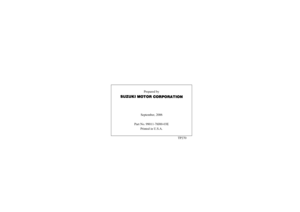 2
2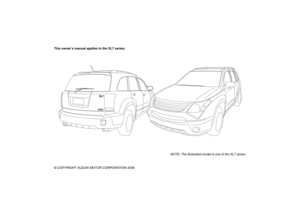 3
3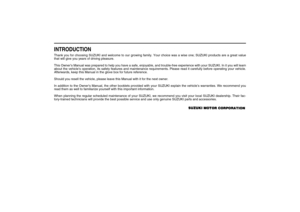 4
4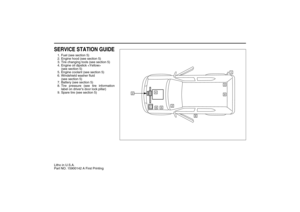 5
5 6
6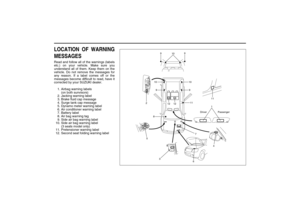 7
7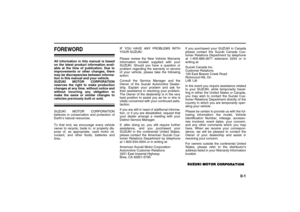 8
8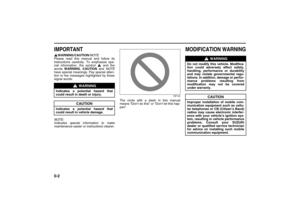 9
9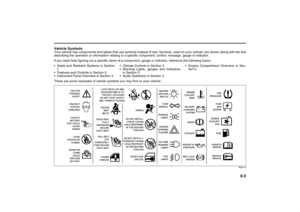 10
10 11
11 12
12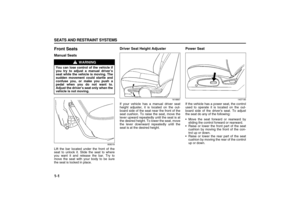 13
13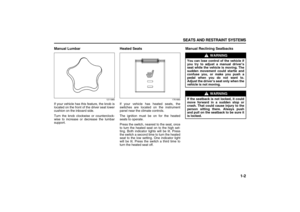 14
14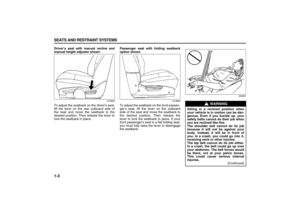 15
15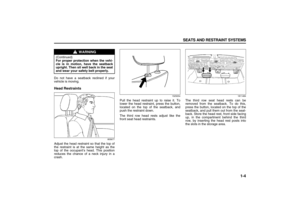 16
16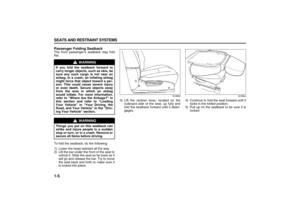 17
17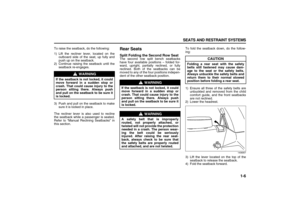 18
18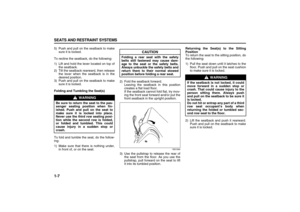 19
19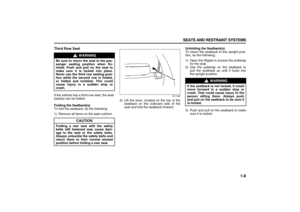 20
20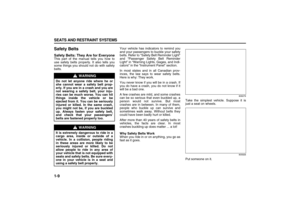 21
21 22
22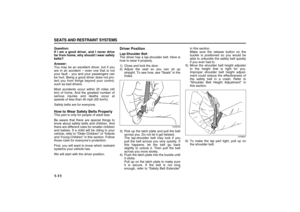 23
23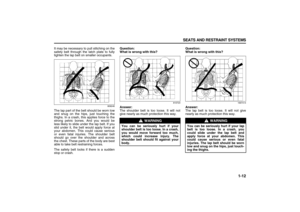 24
24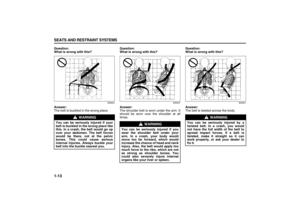 25
25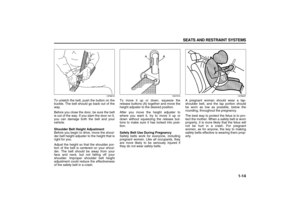 26
26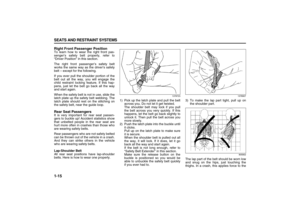 27
27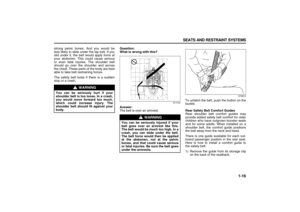 28
28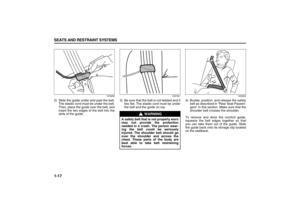 29
29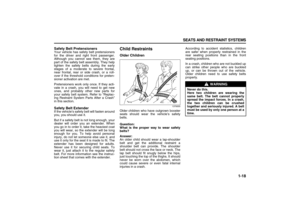 30
30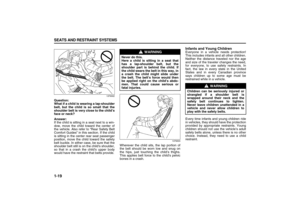 31
31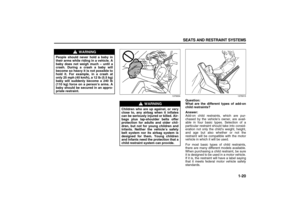 32
32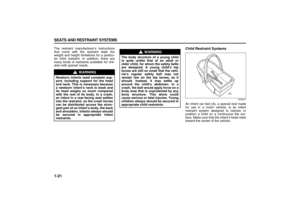 33
33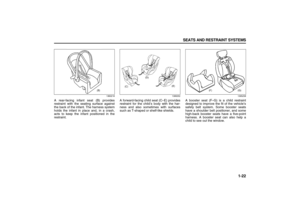 34
34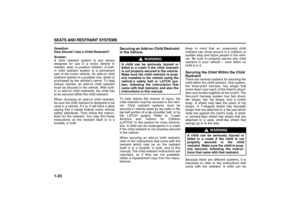 35
35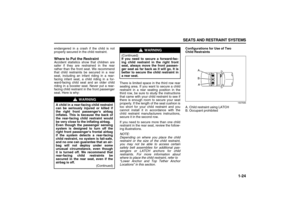 36
36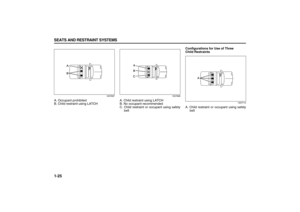 37
37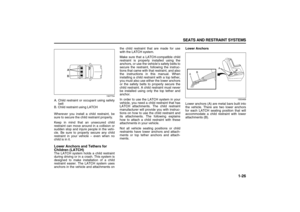 38
38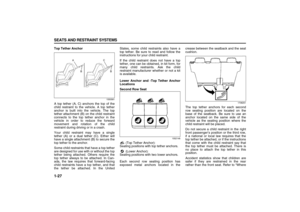 39
39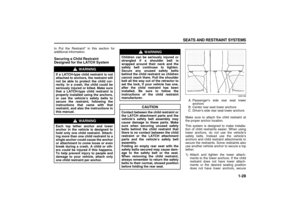 40
40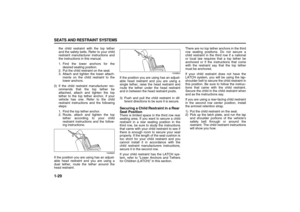 41
41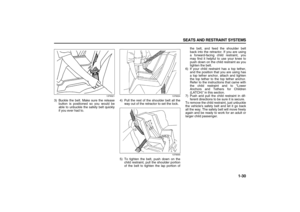 42
42 43
43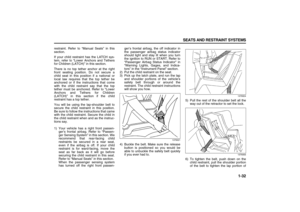 44
44 45
45 46
46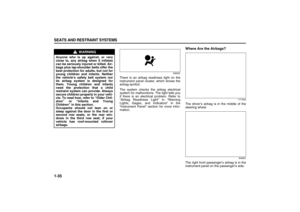 47
47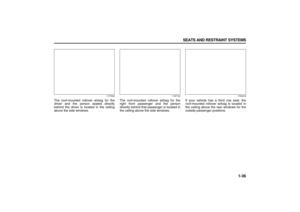 48
48 49
49 50
50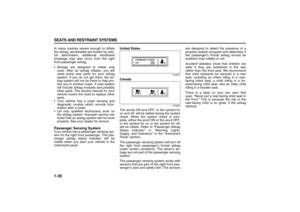 51
51 52
52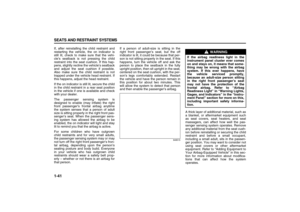 53
53 54
54 55
55 56
56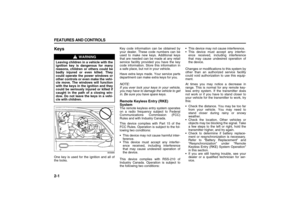 57
57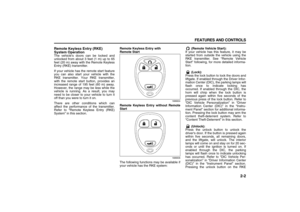 58
58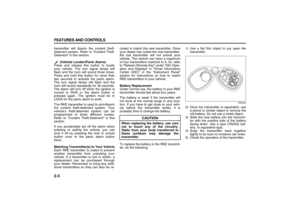 59
59 60
60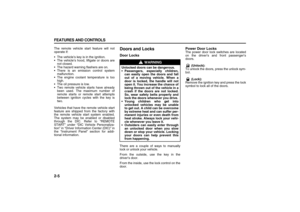 61
61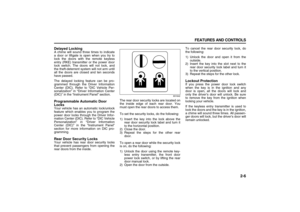 62
62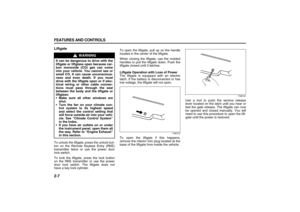 63
63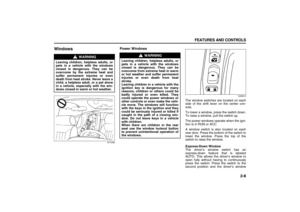 64
64 65
65 66
66 67
67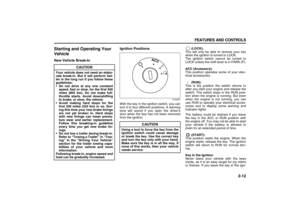 68
68 69
69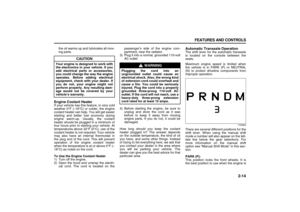 70
70 71
71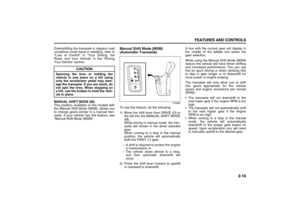 72
72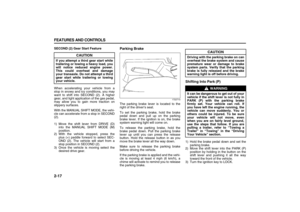 73
73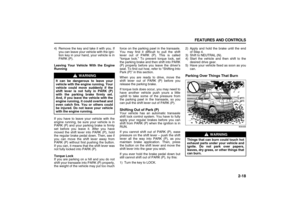 74
74 75
75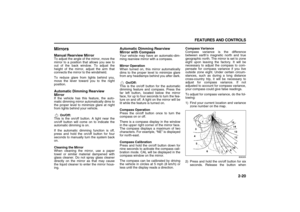 76
76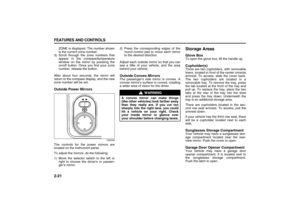 77
77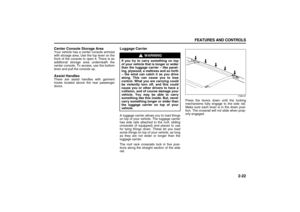 78
78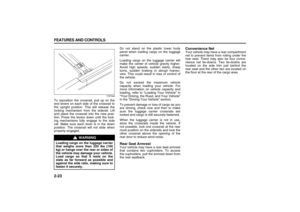 79
79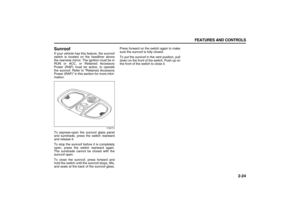 80
80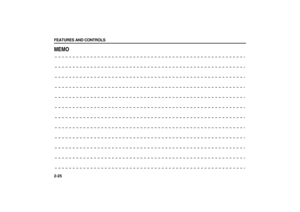 81
81 82
82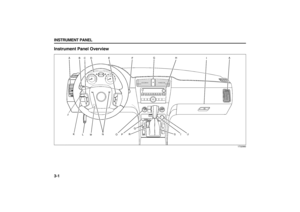 83
83 84
84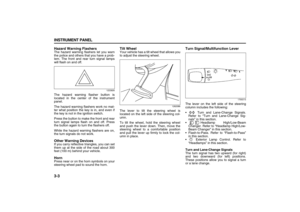 85
85 86
86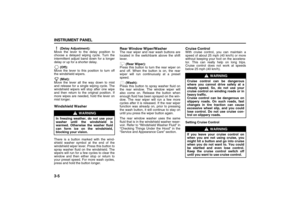 87
87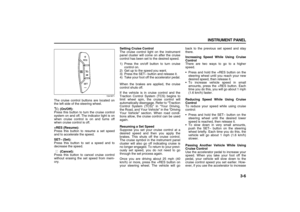 88
88 89
89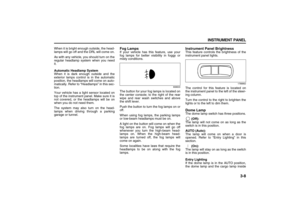 90
90 91
91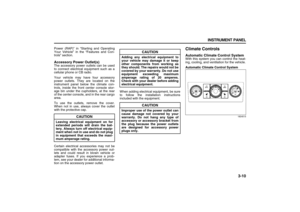 92
92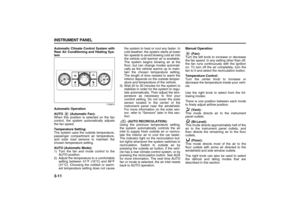 93
93 94
94 95
95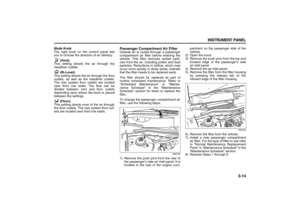 96
96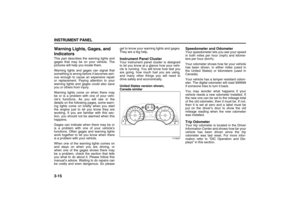 97
97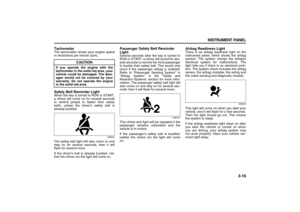 98
98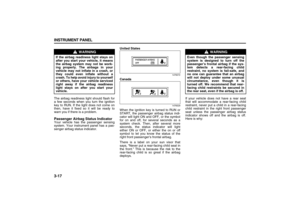 99
99 100
100 101
101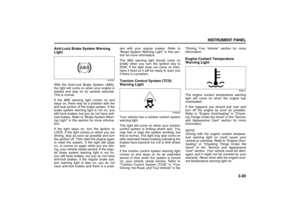 102
102 103
103 104
104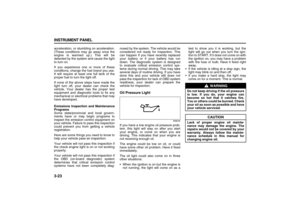 105
105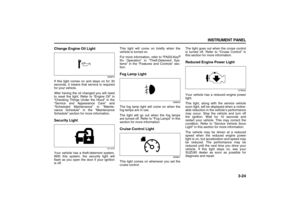 106
106 107
107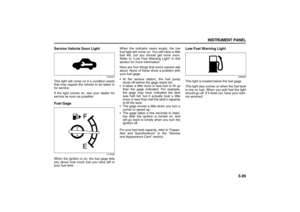 108
108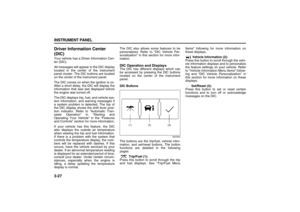 109
109 110
110 111
111 112
112 113
113 114
114 115
115 116
116 117
117 118
118 119
119 120
120 121
121 122
122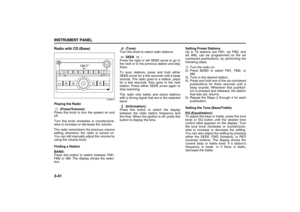 123
123 124
124 125
125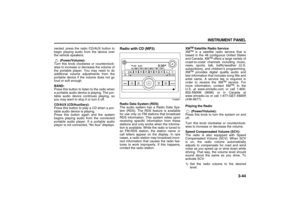 126
126 127
127 128
128 129
129 130
130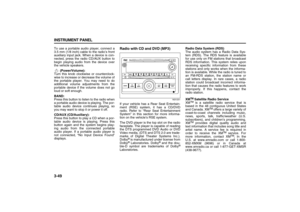 131
131 132
132 133
133 134
134 135
135 136
136 137
137 138
138 139
139 140
140 141
141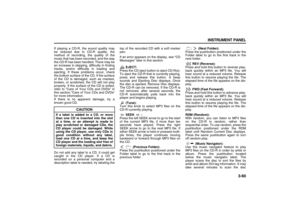 142
142 143
143 144
144 145
145 146
146 147
147 148
148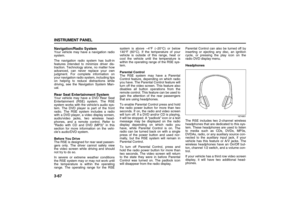 149
149 150
150 151
151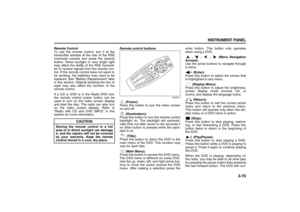 152
152 153
153 154
154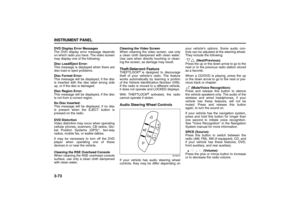 155
155 156
156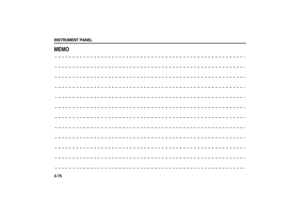 157
157 158
158 159
159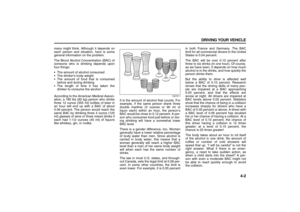 160
160 161
161 162
162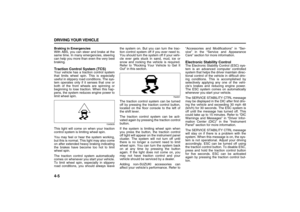 163
163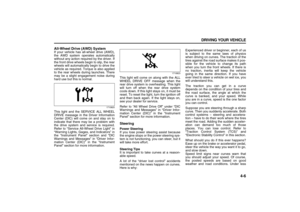 164
164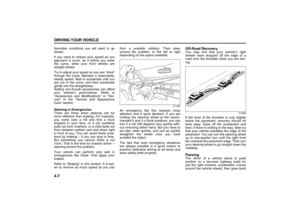 165
165 166
166 167
167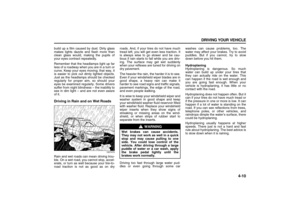 168
168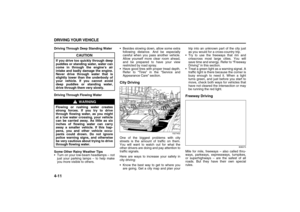 169
169 170
170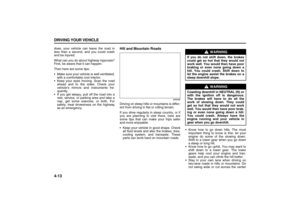 171
171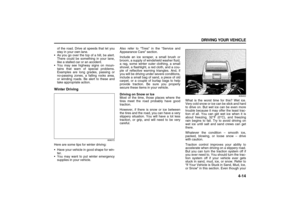 172
172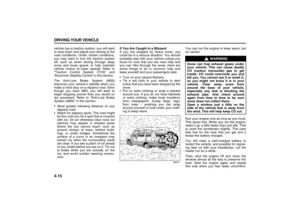 173
173 174
174 175
175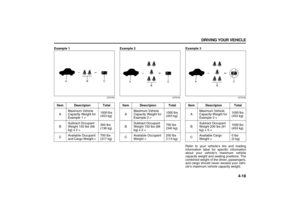 176
176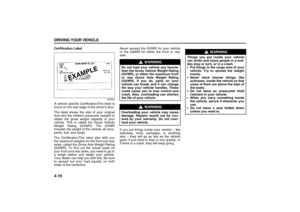 177
177 178
178 179
179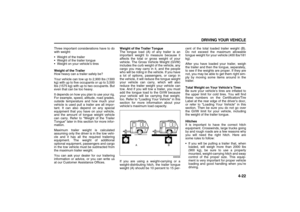 180
180 181
181 182
182 183
183 184
184 185
185 186
186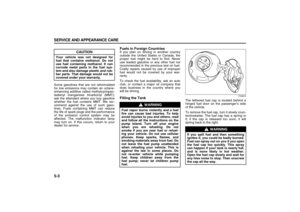 187
187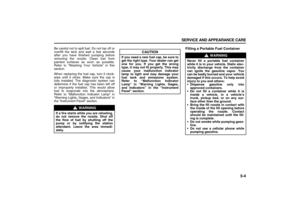 188
188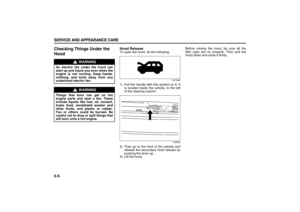 189
189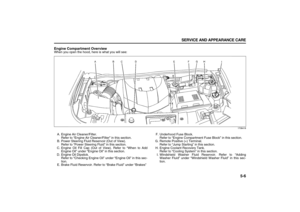 190
190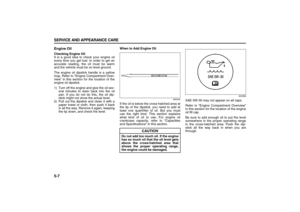 191
191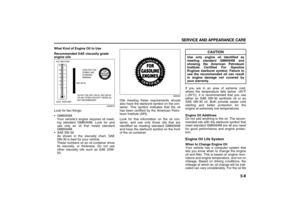 192
192 193
193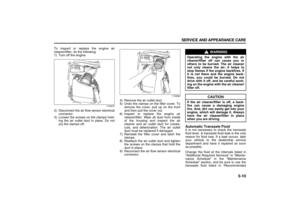 194
194 195
195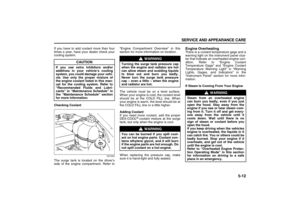 196
196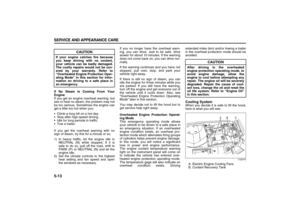 197
197 198
198 199
199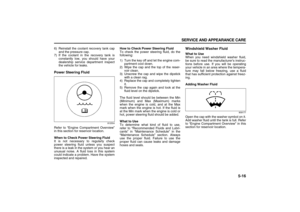 200
200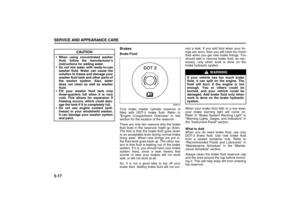 201
201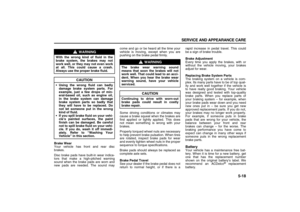 202
202 203
203 204
204 205
205 206
206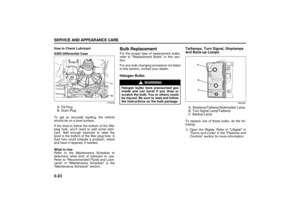 207
207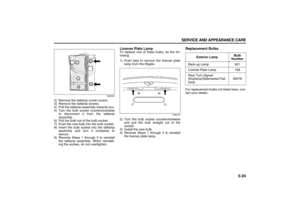 208
208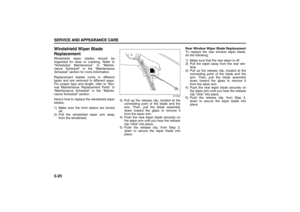 209
209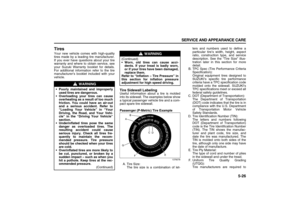 210
210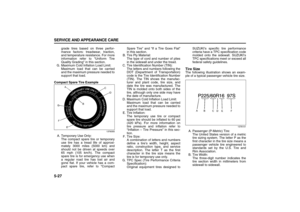 211
211 212
212 213
213 214
214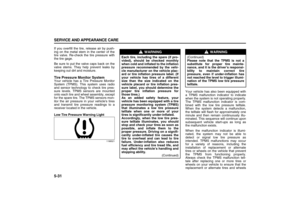 215
215 216
216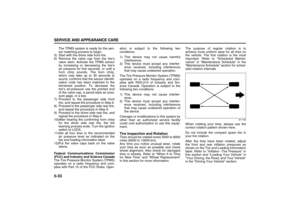 217
217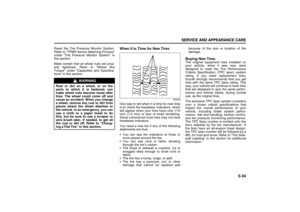 218
218 219
219 220
220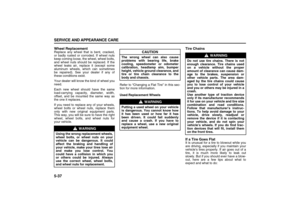 221
221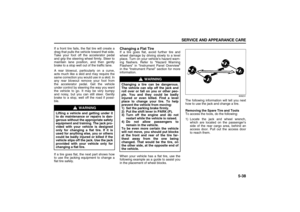 222
222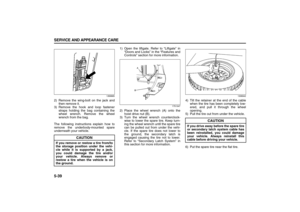 223
223 224
224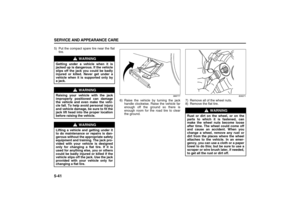 225
225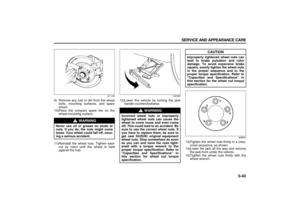 226
226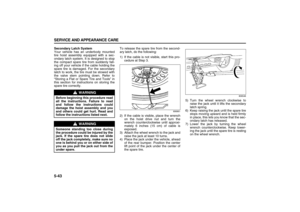 227
227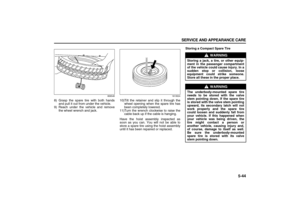 228
228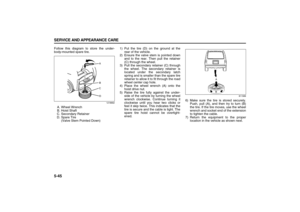 229
229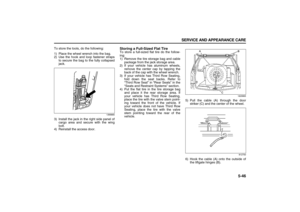 230
230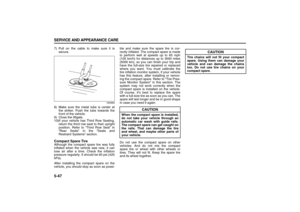 231
231 232
232 233
233 234
234 235
235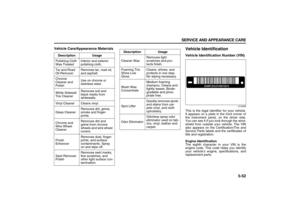 236
236 237
237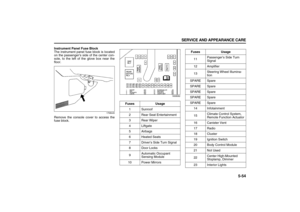 238
238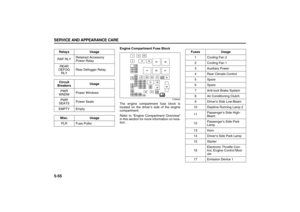 239
239 240
240 241
241 242
242 243
243 244
244 245
245 246
246 247
247 248
248 249
249 250
250 251
251 252
252 253
253 254
254 255
255 256
256 257
257 258
258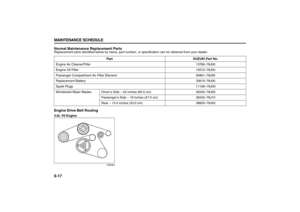 259
259 260
260 261
261 262
262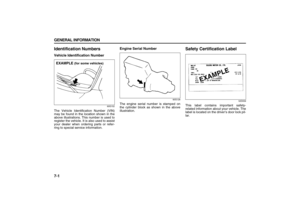 263
263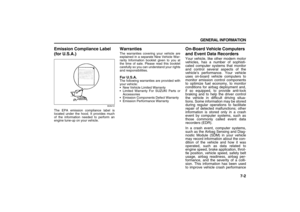 264
264 265
265 266
266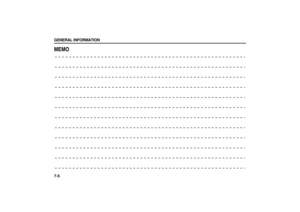 267
267 268
268 269
269 270
270 271
271 272
272 273
273






